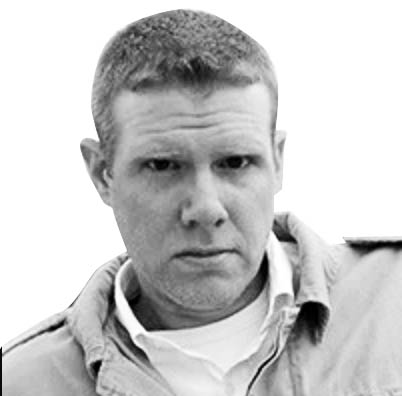The Mexican drug war is now well over a decade old. It began in December of 2006, when then-President Felipe Calderón sent some 6,500 soldiers into the western state of Michoacán to quell cartel violence. After more than 10 years—and billions of U.S. dollars spent—the conflict continues to spread throughout the country.
Authorities estimate some 200,000 people have been killed so far, with another 30,000 missing. And it’s getting worse. From 2016 to 2017 the number of drug war deaths jumped by almost 30 percent. So far 2018 is on pace to eclipse that grim tally. In September a burial pit was discovered in Veracruz containing the remains of 168 people. Sadly, that’s no longer uncommon. Another recently uncovered mass grave held 250 bodies.
Resort towns once thought to be immune to the violence, like Cancun and Los Cabos, are now cartel battlegrounds. A generation ago, Acapulco was Mexico’s answer to Las Vegas. Today Acapulco is one of the deadliest cities in the hemisphere, and a magnet for child prostitution.
ADVERTISEMENT
Even Mexico City—long considered a safe zone—is no longer exempt. Firefights in the heart of the City of Hope are increasingly common. Just weeks ago hitmen disguised as Mariachi musicians shot up a popular tourist district, killing six and wounding nine more.
So why is it so hard to win the Drug War? Critics point to a failure of both strategy and tactics on the part of U.S. and Mexican authorities. The prevailing approach thus far has been the so-called “Kingpin Strategy,” which targets the cartels’ top commanders. But the demand for narcotics in the U.S. is so high, the trade so lucrative, that there are always other would-be kingpins waiting in the wings.
Notorious drug lord Joaquín “El Chapo” Guzmán is now imprisoned, and his once-dominant Sinaloa syndicate has balkanized into warring factions. But powerful upstarts like the Jalisco New Generation Cartel (CJNG) have already arisen to take Chapo’s place on top. And new groups like the CJNG tend to be more brutal than their predecessors, precisely because they must out-compete so many new rivals and splinter groups.
Tactically, the Mexican armed forces are engaged in a stalemate with what experts now call a “criminal insurgency.” There are no great battles to win. No objectives to take. And the enemy can blend seamlessly into the general population. So troops and federales often just roam aimlessly around the countryside, making little contact with their foes unless they happen to get ambushed.
Another pivotal factor is rampant poverty and corruption. The lack of education and economic opportunities for much of Mexico’s population guarantees an endless supply of sicarios (hitmen) who prefer a short life of glorious criminality to slow starvation and hardship. Dirty cops are such a problem that entire precincts have been disarmed by the military for being in league with organized crime.
And what of Michoacán, where it all began? Both it and neighboring Guerrero state are still among the most dangerous regions in the country, labeled off limits by the U.S. State Department. They are at risk of becoming failed states, places where the government no longer owns a monopoly on power despite—or because of—a decade of conflict in these territories.
All of which prompts a question: If nothing changes, and the failed and worsening drug war rages on—what will Mexico look like another 10 years from now?
Keep Reading for more Daily Beast 10th Anniversary Coverage:






